You are here
Botai horse.
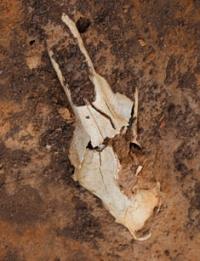
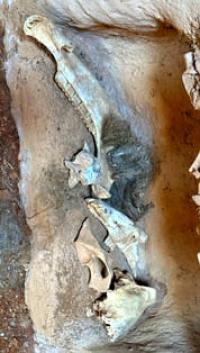
Botai culture in Kazakhstan.
“The gelding was of great growth - at least two arshins three inches. He was piebald in color. It was like that, but now the spots have become a dirty brown color. His appearance consisted of three spots: one on the head with a curve, on the side of the nose, bald and up to half of the neck. The mane, long and littered with burdock, was sometimes white, sometimes brownish. Another spot ran along the right side and up to half of the abdomen; the third spot on the croup, capturing the upper part of the tail and up to half of the thighs. The rest of the tail was whitish, mottled. A large bony head with deep depressions above the eyes and a drooping, once torn black lip hung heavily and low on a neck arched from thinness, as if made of wood.”
L.N. Tolstoy. "Kholstomer".
Domestication of horse in Kazakhstan.
The beginning of the domestication of horses was associated with the Botai culture about 5500 years ago. P. A. Kosintsev in 2008 attributed the remains of Tersek and Botai horses to wild individuals. According to paleogenetics, Przewalski's horses are feral descendants of Botai horses, and modern breeds of domestic horses have only 2.7% admixture from horses from Botai.
Thus, modern horses were domesticated in other centers. At the same time, the Botai, having the skills to tame horses, did not conduct directional selection, allowing them to interbreed with wild relatives. Modern domesticated breeds are not descended from the Botai line of horses.
he Finnish linguist A. Parpola believes that the name of the horse in the Proto-Ugric language could have been borrowed from an unknown substratum language, which differed sharply from other languages of Eurasia, whose speakers he identifies with the Botai.
At the same time, according to V.V. Napolskikh, this word comes from the Protocharian (ə)wa (“prey; livestock”).
At the same time, some scientists express doubts about Seibert's concept, which is based on ambiguously interpreted finds - in particular, it is indicated that two objects found in the form of bone rods with thickenings in the middle, interpreted as cheek-pieces, do not have drilled holes necessary to skip belt tensioners.
Also mentioned is the lack of reliable evidence of stall keeping of horses. The damage seen in the teeth of Botai horses is most likely caused by natural dentition and wear rather than contact with bridle equipment.
Excavations at the Botai settlement in the North Kazakhstan region proved that for the first time the domestication (domestication) of a horse by a person occurred 6000 years ago on the territory of modern Kazakhstan.
Fragments discovered as a result of excavations indicate that the horse was already present in the everyday life of the Botai as a pet. The Botai settlement is an archaeological monument of the Eneolithic era (4000 - 3000 BC), located on the territory of the Aiyrtau district of the North Kazakhstan region, 1.5 kilometers southeast of the village of Nikolskoye.
The settlement with an area of 15 hectares occupies a flat area on the right bank of the Iman-Burluk River. On the surface, depressions from numerous dwellings are visible. As a result of the excavations, more than 10,000 square meters were unearthed, about 100 dwellings were studied, more than 300,000 artifacts and many hundreds of thousands of bones were discovered, of which 99% belong to horses.
Ever since the beginning of the excavations at the Botai settlement, scientists were surprised by the huge number of horse bones found during the excavations. Osteologists who study animal bones were invited to work.
They examined about 133,000 horse bones. Scientists have come to the conclusion that Botai's horses do not belong to any of the previously known types of horses. The bones of the Botai horse were different from the bones of other ancient horses.
Scientists have concluded that the Botai horse was domesticated. These were not wild animals that grazed in the steppe. The horse was tamed and used by an ancient man for hunting, in the household. Previously, there was a version that a man domesticated a horse about 4 thousand years ago in the steppes of Eurasia, presumably in the Southern Urals, on the territory of present-day Bashkortostan.
However, the excavations at the Botai settlement became evidence that the horse got into the ranks of domestic animals a thousand years earlier, and this process took place in the north of Kazakhstan.
Geographic coordinates of Botai settlement: N53°11'59.51" E67°39'21.98"
Geographical coordinates of place where Botai culture was found: N53°13'11.75" E67°32'00.91"
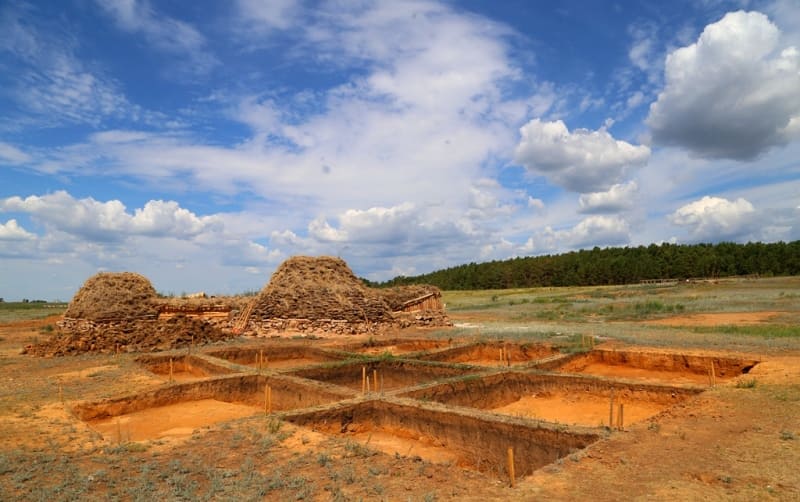
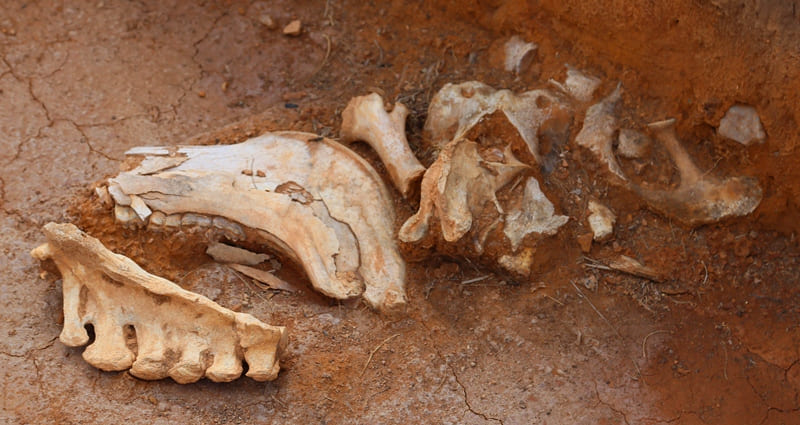
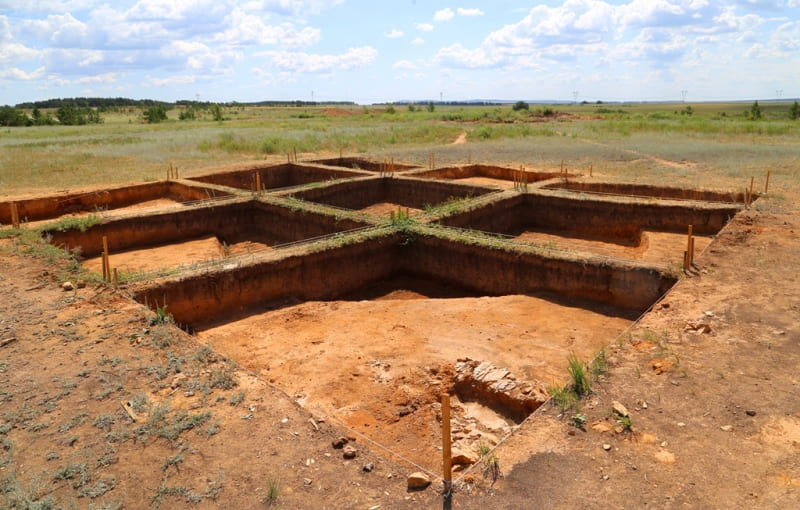
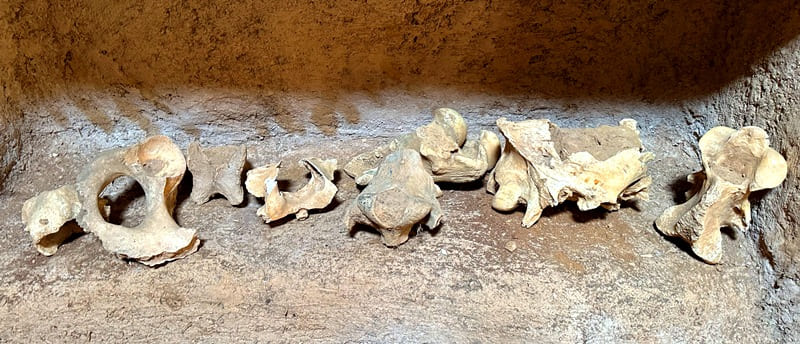
Authority:
Wikipedia
http://iqap.kz/%D0%BB%D0%BE%D1%88%D0%B0%D0%B4%D1%8C-%D0%B2%D0%BF%D0%B5%D1%80%D0%B2%D1%8B%D0%B5-%D0%B1%D1%8B%D0%BB%D0%B0-%D0%BE%D0%B4%D0%BE%D0%BC%D0%B0%D1%88%D0%BD%D0%B5%D0%BD%D0%B0-%D0%BD%D0%B0-%D1%82%D0%B5%D1%80/
https://ratel.kz/outlook/kazahstan_bolshe_ne_schitajut_rodinoj_domashnih_loshadej_rossija_pobedila
Photos by
Alexander Petrov.







